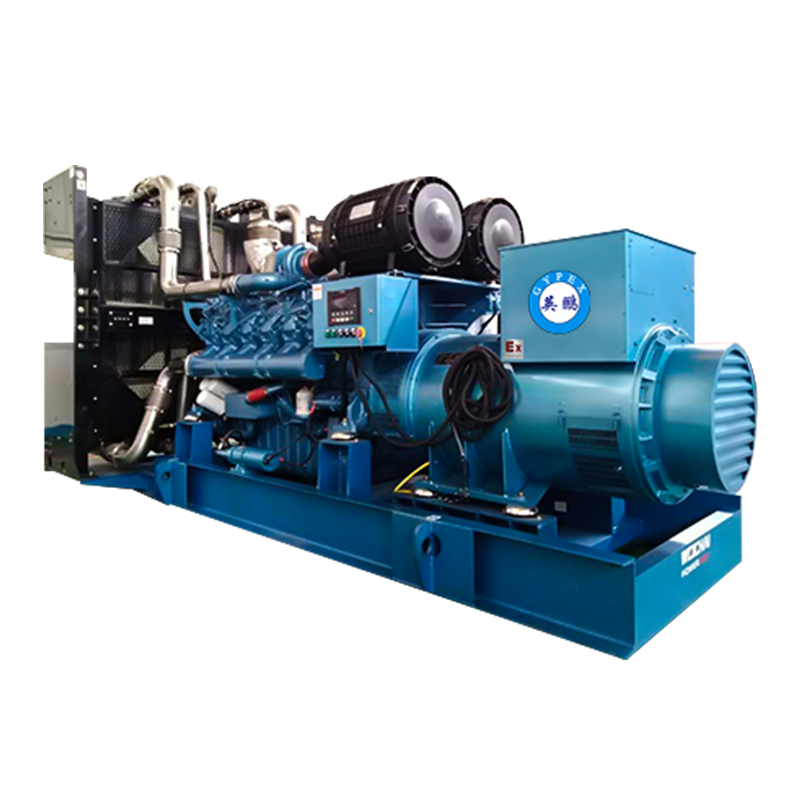Industry News
2024-06-21 09:19:53
672
行业新闻

Reasons why diesel generators do not produce electricity:
The magnetic poles of the generator lose their magnetism;
The components of the excitation circuit are damaged or the circuit is open, short-circuited or grounded;
The excitation machine brushes are in poor contact with the commutator or the brush holder pressure is insufficient;
The excitation winding is connected incorrectly and the polarity is opposite;
The generator brushes are in poor contact with the slip ring, or the brush pressure is insufficient;
The stator winding or rotor winding of the generator is open;
The generator lead wire connection is loose or the switch is in poor contact;
How to deal with the diesel generator set without current and voltage output
1. Multimeter voltage range detection
Turn the multimeter knob to the DC voltage 30V range (or use the appropriate range of a general DC voltmeter), connect the red probe to the generator "armature" terminal, and the black probe to the shell, so that the engine runs above medium speed. The voltage standard value of the 12V electrical system should be around 14V, and the voltage standard value of the 24V electrical system should be around 28V.
2. External ammeter detection
When there is no ammeter on the dashboard of the car, an external DC ammeter can be used for detection.First remove the wire of the generator "armature" column, then connect the positive pole of the DC ammeter with a range of about 20A to the generator "armature", and the negative pole wire to the above-mentioned removed connector. When the engine is running at medium speed or above (without using other electrical equipment), the ammeter has a 3A-5A charging indication, indicating that the generator is working properly, otherwise the generator will not generate electricity.
3. Test light (car bulb) method
When there is no multimeter and DC meter, you can use a car bulb as a test light for detection. Weld the two ends of the bulb with wires of appropriate length and connect them with fish clips. Before testing, remove the wire of the generator "armature" column, then clamp one end of the test light to the generator "armature" column, and ground the other end. When the engine is running at medium speed, the brightness of the test light indicates that the generator is working properly, otherwise the generator will not generate electricity.
4. Change the engine speed to observe the brightness of the headlights. After starting the engine, turn on the headlights and let the engine speed gradually increase from the total speed to the medium speed. If the brightness of the headlights increases with the increase in speed, it means that the generator is working properly, otherwise it will not generate electricity.
5. Use the voltage range of the multimeter to determine whether the battery can excite the generator. Set the multimeter to the DC voltage of 3~5V (or the appropriate range of a general DC voltmeter), connect the black and red test leads to the "ground" and the "armature" terminal of the generator respectively, and turn the pulley by hand. The pointer of the multimeter (or DC voltmeter) should swing, otherwise the generator will not generate electricity.